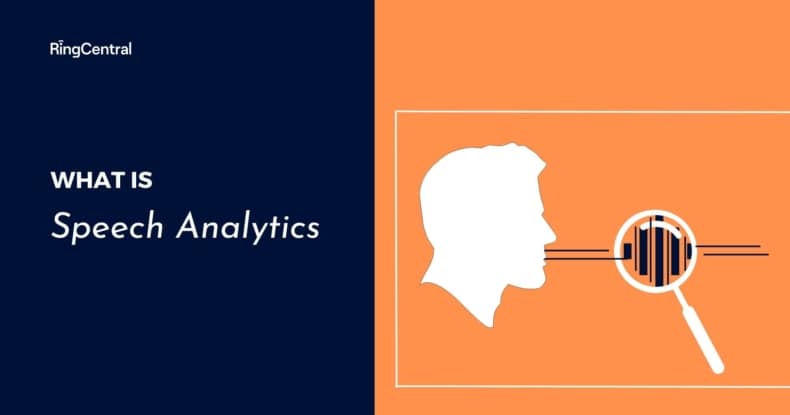Call centres are hubs of brand and customer interactions. They help businesses boost their customer satisfaction and increase their customer engagement – that is, if those centres are running as productively as they can.
Speech analytics helps make this happen. That’s part of why the speech analytics market is growing rapidly.
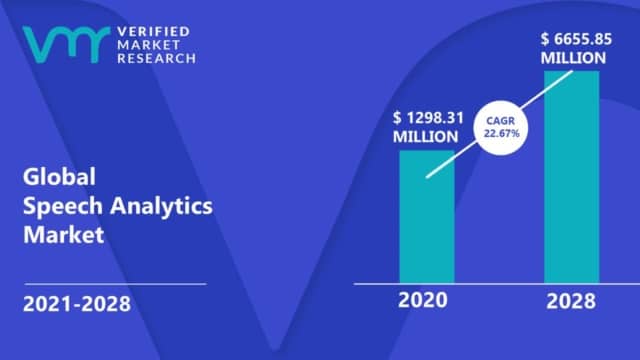
Let’s explore speech analytics, including the way it works and its benefits.
What is speech analytics?
Put simply, speech analytics is a tool that was designed to help artificial intelligence (AI) programs process and analyse human speech.
Speech analytics tools either analyse call recordings after the calls have concluded, or they conduct real-time analysis during ongoing calls.
In call centres, speech analytics software is usually programmed to pick out particular keywords and phrases in customers’ speech. This helps the AIs track trends and enhance the customer experience by directing callers to appropriate resources.
How does speech analytics work?
Speech analytics solutions work by using natural language processing (NLP) technology to turn the raw data of customers’ vocal input into usable data.
In practical terms, the way it works is split into three steps, as below:
Audio analysis
The software takes the audio from customer calls and essentially scans it for keywords, as well as processing the sentiments in customers’ voices if desired.
Data analysis
Customers are amazing data sources. That’s no exaggeration – people produce 2.3 zettabytes of data each day:
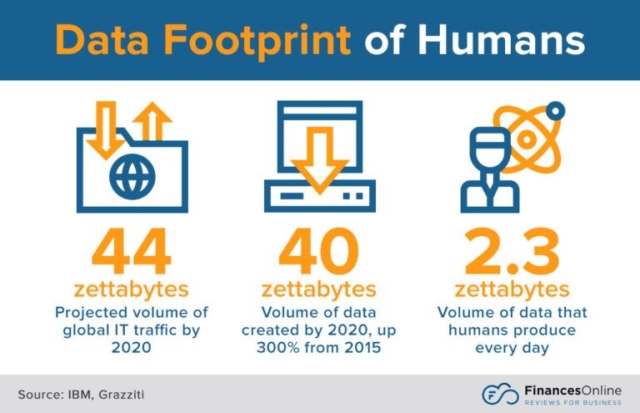
This step is about taking some of that data, specifically the data that comes from phone calls, and analysing it. That lets businesses measure the satisfaction of their customers and gauge contact centre agent performance.
Refining data
Your AI programs have analysed the data, now it’s time to refine it into a format that lets humans make use of it. This can take the form of call transcriptions for text analytics, graphs and charts, or other easily-digestible formats.
What are the benefits of speech analytics for call centres?
Voice analytics make it easier to send callers to the right agent, right away. That saves call centres time.
With speech recognition technology, it’s also simpler for AIs to analyse the voice of the customer in voicemail and other recordings. AIs can then determine things like customer sentiment, reason for calling, and other useful information.
Speech analytics can also come with interaction analytics, which helps to monitor customer interactions and improve their quality.
How do companies use speech analytics?
There are many ways for companies to capitalise on the benefits of speech analytics. Here are the most prominent ones:
Omnichannel routing
By using IVR phone menus based on speech analytics technology, companies can direct callers to the appropriate agent regardless of which channel that agent uses. That’s called omnichannel routing.
In other words, they can provide customers with a truly unified omnichannel experience that seamlessly incorporates multiple channels at every step of the customer journey.
Customer behaviour analytics
Automation-based tools like speech analytics help companies get a better understanding of their customers using customer data.
This type of data-based experience enhancement is becoming increasingly popular among not just businesses, but also customers:
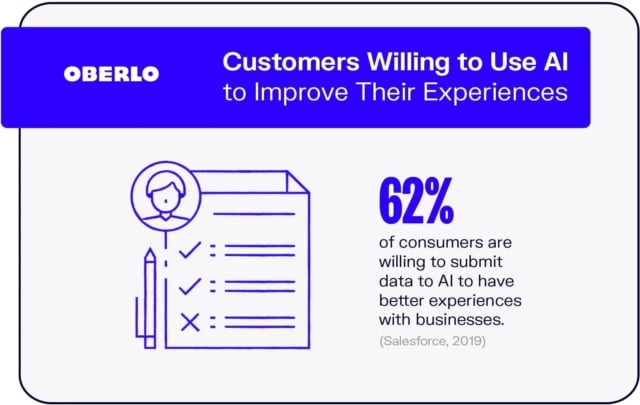
Artificial intelligence application to processes
Why hire a human operator when an AI can give you the same functionality with greater efficiency?
Applying AI to daily processes and workflows helps companies streamline the way their businesses run, all while improving their scores on standard metrics like call queue time.
Business CRM integrations
Having a unified dashboard with all the apps and integrations necessary for efficient daily work makes for increased productivity. That includes CRM analytics integrations.
CRM integrations help with customer service quality management, as well as customer satisfaction management. They act as quality assurance aids for businesses that handle a lot of customer interactions.
Things to consider before implementing speech analytics
Identifying a clear goal of speech analytics usage
It’s always a good idea to know ahead of time exactly what you want to accomplish with a new tool, and speech analytics is no exception.
For example, are you hoping to use this tool to transcribe calls or to track customer sentiments? Speech-to-text and sentiment analysis are both included under speech analytics, though they’re very different goals.
Determining KPIs
Having a clear grasp on your key performance indicators (KPIs) will make it easier to quantify the ways in which your speech analytics software helps your business.
Creating a process
You’ve got to know where your speech analytics tools fit into your overall plan, and create a process accordingly. Having one in place before you implement speech analytics means you’ll have an easier time ensuring everything goes according to plan.
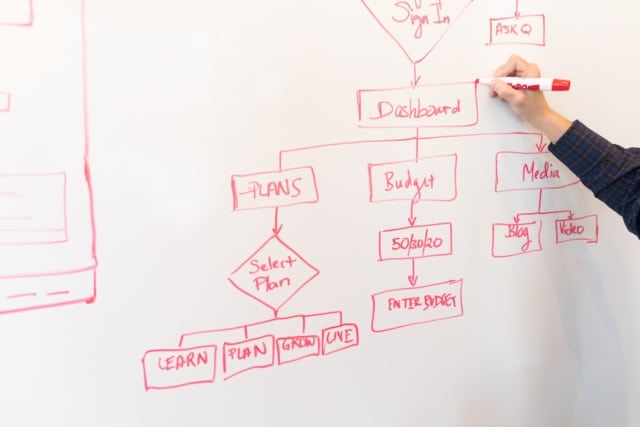
Choosing the right vendor
Each vendor is going to offer different packages. For example, some might focus on providing your callers with a great self-service portal, while others emphasise cosmetic features like customisable notifications.
You’ve got to choose the vendor that’s right for you.
Building and educating a speech analysis team
Your company needs to be ready to handle the data, tools, and benefits that speech analysis will bring, which is why it’s a great idea to prepare a dedicated team ahead of time.
The more your speech analysis team knows on the subject, the more they’ll be able to help. That means finding the root cause of any issues faster, as well as transforming newly-gathered data into actionable insights more quickly.
How to prepare and present the analysis
This also largely depends on the goals of your analytics use, since those influence the types of data you’ll be collecting.
Preparation and presentation let your teams use the raw data your software collected to fuel progress and success. That’s why you’ll want to know how you aim to handle this step before you implement speech analytics.
What are the best speech analytics software options?
The best speech analytics software lets you match data from calls to existing customer data from your database. It also lets you gather data across platforms, including messaging and video calling channels.
In other words, the best speech analytics looks a lot like what you can get with RingCentral.
How RingCentral can help
RingCentral provides an integrated speech analytics solution that you can use from your UCaaS platform – the same one you can also use to contact customers and colleagues across channels. That means you can gather and access data from the same interface you’re already using every day.
RingCentral helps by making it easier than ever to use speech analytics to their maximum potential.
